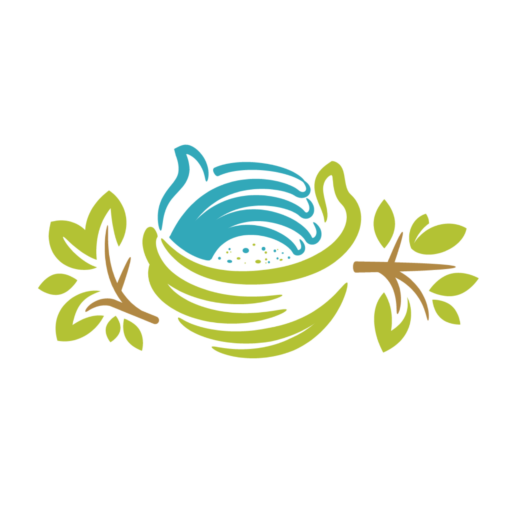Facts About Child Abuse
What Is Child Abuse and Neglect?
Child abuse includes physical, sexual, or emotional harm—or risk of harm—to a child under 18, caused by a parent, caregiver, friend, or another trusted adult. Neglect occurs when a parent or caregiver fails to provide proper supervision, food, clothing, shelter, education, or medical care—even when resources are available.
Who Are the Offenders?
Most often, children are abused by someone they know, love, and trust. This can include parents, stepparents, relatives, family friends, teachers, coaches, friends, or other trusted adults.
- 1 in 10 children will experience sexual abuse before the age of 18.
- In 90% of cases, the child knows their abuser.
Types of Abuse
Physical Abuse: Any non-accidental injury to a child, such as hitting, shaking, burning, or striking.
Sexual Abuse: Any sexual activity with a child, including touching, exposure, or exploitation.
Neglect: The failure to meet a child’s basic needs, including supervision, food, shelter, education, and medical care.
Recognizing the Signs of Abuse or Neglect
One sign alone does not necessarily mean abuse has occurred—but it is always worth attention and care.
Behavioral Changes
- Sudden changes in behavior or grades
- Aggression, anger, or acting out
- Fear of certain individuals or being alone with certain individuals
- Sexualized behavior or excessive focus on private body parts
- Changes in eating or sleep patterns
- Nightmares
- Regression in toileting (bedwetting or daytime accidents)
- Risky behaviors
- Hoarding food
Physical Signs
- Unexplained bruises, welts, cuts, burns, or fractures
- Injuries to the abdomen
- Inappropriate clothing for the weather
- Poor hygiene or frequent absences
Possible Physical Signs of Sexual Abuse
Most children who disclose or experience sexual abuse do not have any physical findings.
Physical signs—when present—are not diagnostic on their own and should always be evaluated by a trained medical professional, preferably a child abuse pediatrician or trained forensic medical provider.
Possible physical signs may include:
- Bruising, bleeding, irritation, swelling, or redness in the genital or anal area
- Pain, itching, discomfort, or injury in genital or anal areas
- Discharge or unusual odor
- Recurrent or unexplained urinary tract infections
- Sexually transmitted infection (STI)
- Changes in bowel or bladder habits, such as frequent accidents or constipation
Emotional Signs
- Withdrawal, sadness, or irritability
- Low self-worth
- Self-harm or suicide attempts
Examples of Neglect
- Lack of supervision
- Unsafe living environment
- Poor hygiene or medical neglect
- Chronic absenteeism or not enrolled in school
- Driving under the influence while caring for children
If You Suspect Abuse: Report It
If you see something or suspect something, you are required by law to report it.
You do not need proof—just reasonable suspicion.
📞 Call the Tennessee Child Abuse Hotline: 877-237-0004
💻 Report online: https://carat.app.tn.gov/carat/
Every report matters. You could be the voice that protects a child from further harm.
Together, We Can Restore Hope

